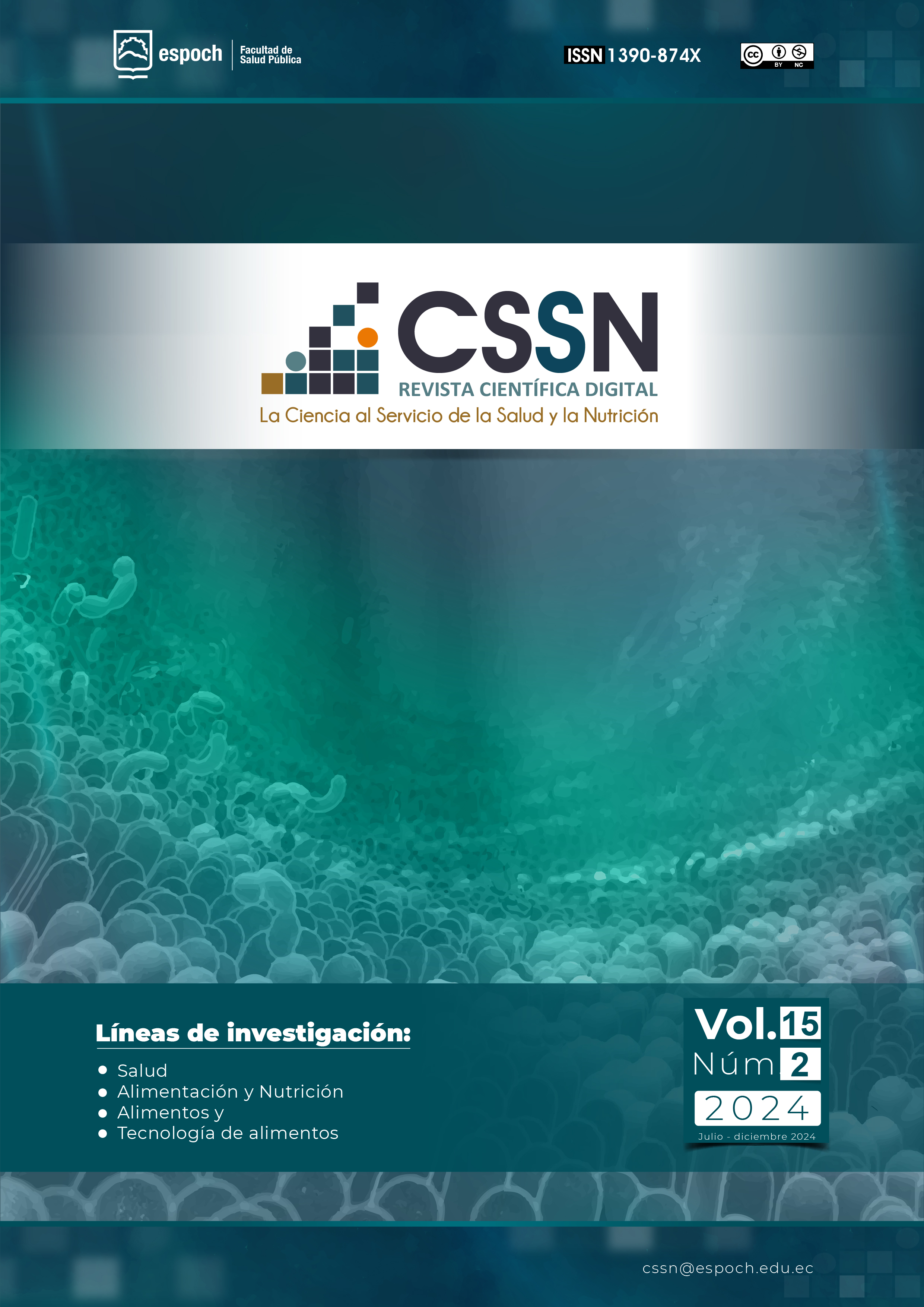Barriers and facilitators of COVID-19 practices among Canadian single mothers: A qualitative study
DOI:
https://doi.org/10.47187/cssn.Vol15.Iss2.350Keywords:
COVID-19 practices, public health behaviours, single mothers, barriers, facilitators, mask wearing, social distancing, hand washing, disinfecting surfaces, CanadaAbstract
Background: The COVID-19 pandemic introduced several new public health practices including mask wearing, social distancing, more frequent hand washing and disinfection of surfaces. Single mothers might have been uniquely impacted with the implementation of these preventive measures. Aim: The objectives of this qualitative study are to describe the experiences of Canadian single mothers with implementation of COVID-19 practices; and to identify barriers and facilitators to key public health behaviours, namely mask wearing, social distancing, hand washing, and disinfecting surfaces. Subject and methods: Twelve single mothers aged 18-51 years were recruited through purposeful sampling from social media platforms. Individual interviews were conducted using a semi-structured interview guide, transcribed verbatim, and qualitatively analyzed using thematic analysis and the approach of interpretative description. Results: The following challenges were noted for the public health behaviours. Volume of masks and keeping cloth masks clean were barriers to mask wearing. Loneliness and school closures were barriers to practicing social distancing. Being outside the home was a barrier to hand washing. Fatigue and time
constraints were barriers to disinfecting surfaces. The following facilitators were highlighted by single mothers. Government mandates and public health messages were facilitators of mask wearing. Daily routine and technology were facilitators of social distancing. Types of hand soap was a facilitator for hand washing. Access to cleaning supplies and equipment were facilitators of disinfecting surfaces. Additionally, societal attitudes and stigma, pre-existing cultural and family norms, the impact of children’s age, and uncertainty related to changing knowledge about the virus were broad issues that affected all public health behaviours. Conclusion: COVID-19 practices were not straightforward to implement or adhere to single mothers. There was a broad array of barriers and facilitators that inform the need to build support systems. Further studies should account for generic issues and behaviour-specific barriers on assessing health-promoting interventions and implementing COVID-19 public health policies.
Downloads
References
Zhou M, Long P, Kong N, Campy KS. Characterizing Wuhan residents’ mask-wearing intention at early stages of the COVID-19 pandemic. Patient Education and Counseling. 2021; 104(8): 1868–77. https://doi.org/10.1016/j.pec.2020.12.020
Coroiu A, Moran C, Campbell T, Geller AC. Barriers and facilitators of adherence to social distancing recommendations during COVID-19 among a large international sample of adults. PLOS ONE. 2020; 15(10): e0239795. https://doi.org/10.1371/journal.pone.0239795
Głąbska D, Skolmowska D, Guzek D. Population-based study of the influence of the COVID-19 pandemic on hand hygiene behaviors—Polish adolescents’ COVID-19 Experience (PLACE-19) study. Sustainability. 2020; 12(12): 4930. https://doi.org/10.1111/ajt.16300
Dehghani S, Pooladi A, Nouri B, Valiee S. Barriers and facilitators of adherence to the COVID-19 prevention guidelines: A qualitative study. Caspian Journal of Health Research. 2021; 6(1): 9–20. https://doi.org/10.32598/CJHR.6.1.343.1
Chen X, Ran L, Liu Q, Hu Q, Du X, Tan X. Hand hygiene, mask-wearing behaviors and its associated factors during the COVID-19 epidemic: A cross-sectional study among primary school students in Wuhan, China. International Journal of Environmental Research and Public Health. 2020; 17(8): 2893. https://doi.org/10.3390/ijerph17082893
Haque M. Handwashing in averting infectious diseases: Relevance to COVID-19. J Popl Ther Clin Pharmacol. 2020; 27(SP1): e37–52. https://doi.org/10.15586/jptcp.v27SP1.711
Angus Reid Institute. COVID-19 Compliance: One-in-five Canadians Making Little to no Effort to Stop Coronavirus Spread (August 2020) [Internet]. [cited 22 April 22]. Available from: https://angusreid.org/covid-compliance/
Chu DK, Akl EA, Duda S, Solo K, Yaacoub S, Schünemann HJ, et al. Physical distancing, face masks, and eye protection to prevent person-to-person transmission of SARS-CoV-2 and COVID-19: a systematic review and meta-analysis. The Lancet. 2020; 395(10242): 1973–87. https://doi.org/10.1016/S0140-6736(20)31142-9
Gharpure R, Miller GF, Hunter CM, Schnall AH, Kunz J, Garcia-Williams AG. Safe use and storage of cleaners, disinfectants, and hand sanitizers: Knowledge, attitudes, and practices among U.S. Adults during the COVID-19 Pandemic. Am J Trop Med Hyg. 2021; 104(2): 496–501. https://doi.org/10.4269/ajtmh.20-1119
Sun Z, Ostrikov K (Ken). Future antiviral surfaces: Lessons from COVID-19 pandemic. Sustainable Materials and Technologies. 2020; 25: e00203. https://doi.org/10.1016/j.susmat.2020.e00203
Centers for Disease Control and Prevention. Use and Care of Masks (December 2021) [Internet]. [cited 22 April 22]. Available from: https://www.cdc.gov/coronavirus/2019-ncov/prevent-getting-sick/cloth-face-cover-guidance.html
Centers for Disease Control and Prevention. Guidance and Tips for Tribal Community Life During COVID-19 (December 2021) [Internet]. [cited 22 April 22]. Available from: https://www.cdc.gov/coronavirus/2019-ncov/community/tribal/social-distancing.html
Behar-Zusman V, Chavez JV, Gattamorta K. Developing a measure of the impact of COVID-19 social distancing on household conflict and cohesion. Family Process. 2020; 59(3): 1045–59. https://doi.org/10.1111/famp.12579
Qian M, Jiang J. COVID-19 and social distancing. J Public Health (Berl). 2020; 30: 259–261. https://doi.org/10.1007/s10389-020-01321-z
Ares G, Bove I, Vidal L, Brunet G, Fuletti D, Arroyo Á, et al. The experience of social distancing for families with children and adolescents during the coronavirus (COVID-19) pandemic in Uruguay: Difficulties and opportunities. Children and Youth Services Review. 2021; 121: 105906. https://doi.org/10.1016/j.childyouth.2020.105906
Centers for Disease Control and Prevention. When and How to Wash Your Hands (December 2021) [Internet]. [cited 22 April 22]. Available from: https://www.cdc.gov/handwashing/when-how-handwashing.html
Yigzaw N, Ayalew G, Alemu Y, Tesfaye B, Demilew D. Observational study on hand washing practice during COVID-19 pandemic among bank visitors in Gondar Town, Northwest Ethiopia. Journal of Human Behavior in the Social Environment. 2021; 0(0): 1–10. https://doi.org/10.1080/10911359.2021.1943592
Al-Wutayd O, Mansour AE, Aldosary AH, Hamdan HZ, Al-Batanony MA. Handwashing knowledge, attitudes, and practices during the COVID-19 pandemic in Saudi Arabia: A non-representative cross-sectional study. Scientific Reports. 2021; 11(1): 16769. https://doi.org/10.1038/s41598-021-96393-6
Brown LG, Hoover ER, Barrett CE, Vanden Esschert KL, Collier SA, Garcia-Williams AG. Handwashing and disinfection precautions taken by U.S. adults to prevent coronavirus disease 2019, Spring 2020. BMC Res Notes. 2020; 13(1): 550. https://doi.org/10.1186/s13104-020-05398-3
Centers for Disease Control and Prevention. Cleaning Your Facility. (December 2021) [Internet]. [cited 22 April 22]. Available from: https://www.cdc.gov/coronavirus/2019-ncov/community/disinfecting-building-facility.html
Gharpure R, Hunter CM, Schnall AH, Barrett CE, Kirby AE, Kunz J, et al. Knowledge and practices regarding safe household cleaning and disinfection for COVID-19 prevention — United States, May 2020. American Journal of Transplantation. 2020; 20(10): 2946–50. https://doi.org/10.1111/ajt.16300
Samara F, Badran R, Dalibalta S. Are disinfectants for the prevention and control of COVID-19 safe? Health Security. 2020; 18(6): 496–8. https://doi.org/10.1089/hs.2020.0104
Dindarloo K, Aghamolaei T, Ghanbarnejad A, Turki H, Hoseinvandtabar S, Pasalari H, et al. Pattern of disinfectants use and their adverse effects on the consumers after COVID-19 outbreak. J Environ Health Sci Engineer. 2020; 18(2): 1301–10. https://doi.org/10.1007/s40201-020-00548-y
Huong LTT, Hoang LT, Tuyet-Hanh TT, Anh NQ, Huong NT, Cuong DM, et al. Reported handwashing practices of Vietnamese people during the COVID-19 pandemic and associated factors: a 2020 online survey. AIMS Public Health. 2020; 7(3): 650–63. https://doi.org/10.3934/publichealth.2020051
Pedersen MJ, Favero N. Social Distancing during the COVID-19 Pandemic: Who Are the Present and Future Noncompliers? Public Administration Review. 2020; 80(5): 805–814. https://doi.org/10.1111/puar.13240
Seale H, Dyer CEF, Abdi I, Rahman KM, Sun Y, Qureshi MO, et al. Improving the impact of non-pharmaceutical interventions during COVID-19: examining the factors that influence engagement and the impact on individuals. BMC Infectious Diseases. 2020; 20(1): 607. https://doi.org/10.1186/s12879-020-05340-9
Ribeiro FS, Braun Janzen T, Passarini L, Vanzella P. Exploring changes in musical behaviors of caregivers and children in social distancing during the COVID-19 outbreak. Front Psychol. 2021; 12. https://doi.org/10.3389/fpsyg.2021.633499
Viner RM, Russell SJ, Croker H, Packer J, Ward J, Stansfield C, et al. School closure and management practices during coronavirus outbreaks including COVID-19: a rapid systematic review. The Lancet Child & Adolescent Health. 2020; 4(5): 397–404. https://doi.org/10.1016/S2352-4642(20)30095-X
Francis JJ, Johnston M, Robertson C, Glidewell L, Entwistle V, Eccles MP, et al. What is an adequate sample size? Operationalising data saturation for theory-based interview studies. Psychology & Health. 2010; 25(10): 1229–45. https://doi.org/10.1080/08870440903194015
Lincoln YS, Guba EG. Naturalistic inquiry. Newbury Park CA: Sage Publishing;1985.
Williams SN, Armitage CJ, Tampe T, Dienes K. Public perceptions and experiences of social distancing and social isolation during the COVID-19 pandemic: a UK-based focus group study. BMJ Open. 2020; 10(7): e039334. https://doi.org/10.1136/bmjopen-2020-039334
Benham JL, Lang R, Burns KK, MacKean G, Léveillé T, McCormack B, et al. Attitudes, current behaviours and barriers to public health measures that reduce COVID-19 transmission: A qualitative study to inform public health messaging. PLOS ONE. 2021; 16(2): e0246941. https://doi.org/10.1371/journal.pone.0246941
Schunk DH, DiBenedetto MK. Motivation and social cognitive theory. Contemporary Educational Psychology. 2020; 60: 101832. https://doi.org/10.1016/j.cedpsych.2019.101832
Published
How to Cite
Issue
Section
License
Copyright (c) 2025 LA CIENCIA AL SERVICIO DE LA SALUD Y NUTRICIÓN

This work is licensed under a Creative Commons Attribution-NonCommercial 4.0 International License.




